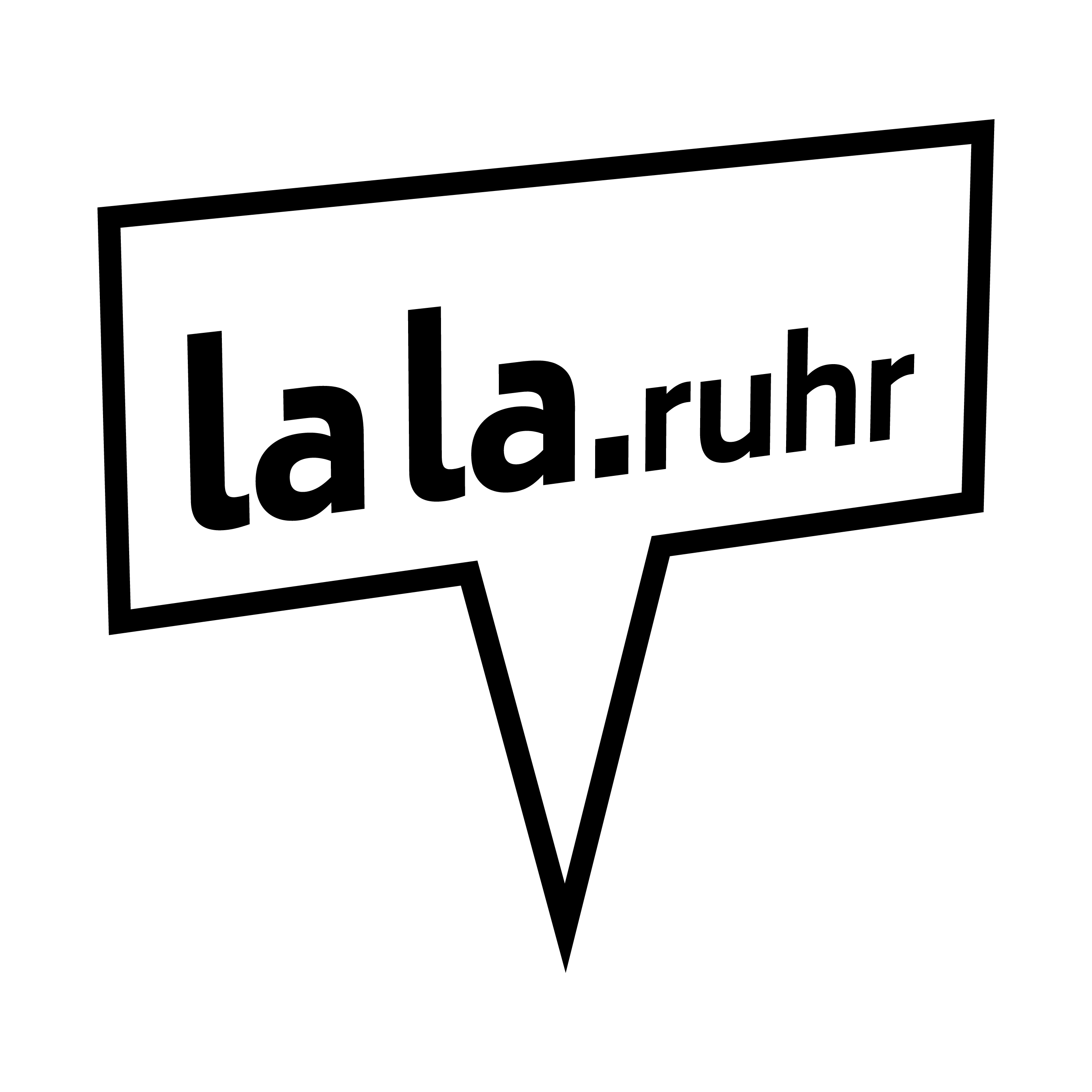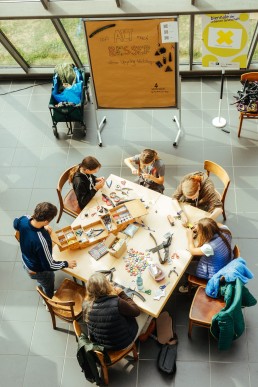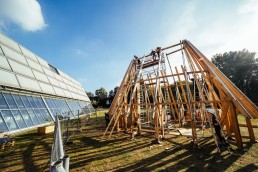
A weekendof diversity
Biennale of the urban landscape unites the motivated of all disciplines: mor than 200 actors, from the grassroots initiative to the big players of the Metropole Ruhr design over 130 events from 10-24.9.2022 at the Science Park Gelsenkirchen. We kicked off a successful opening with the “Weekend of Diversity”!
Whoever says "green" must also say "colorful"Voices on the opening on 10/11.9.2022
“Classical music can rock,” commented Anna Betzl-Reitmeier, artistic director of the Ensemble Ruhr, on the performance by her colleagues – and that’s exactly what the 120 or so guests at the opening of the 1st Biennale of the Urban Landscape experienced firsthand. Furiously and with verve, a sextet of the Ensemble Ruhr introduced the Biennale with Tchaikovsky, which will take place from September 10 to 24, 2022 at the Science Park in Gelsenkirchen. The musicians in this rather unconventional setting for chamber music set the lively tone of the weekend, which remained palpable throughout the events.
During these biennial weeks, more than 180 actors will launch joint actions, present best practice examples and engage in lively discussions with experts and interested members of the public.
Many of them were active on this first “Diversity Weekend”. The rainy weather on Saturday did not dampen the participation in workshops, lectures, discussions and hands-on activities. On Sunday, in bright sunshine, further excursions, workshops and the jazz concert by the Brassholes Marching Band were very popular.
On the opening stage, moderated by the lala.ruhr initiators Sebastian Schlecht and Melanie Kemner, who also conceived the Biennale of the Urban Landscape, Gelsenkirchen’s city building councilor Christoph Heidenreich was pleased that the city of Gelsenkirchen was allowed to host the Biennale: “In view of climate change, we have to get away from silos. That’s no longer possible today, even in city government.”
Nina Frense, Deputy for Environment and Green Infrastructure at the Ruhr Regional Association, who succinctly summarized the transformation of the Ruhr region and its current challenges, also in a global context, added: “Our slag heap landscape exemplifies the transformation of our region through green infrastructure. Created as a waste product of mining, the slagheaps can now become drivers of the energy transition, as sites for renewable energies and as a prime example of how recreation, nature conservation, wind power and photovoltaics can work together in one place. For this, we need creative planners and the courage to break new ground, as we did here at the Biennial of the Urban Landscape.”
The regional power was clearly felt this weekend. The regional, supraregional and also international powerhouse of grassroots initiatives, planners, scientists and artists presented the incredible diversity of commitment to the green city of the future, as well as the activities around the Charter and Strategy Green Infrastructure of the Ruhr Regional Association, which sponsored this first weekend of diversity.
This biennial is about nothing less than “the question of how we can not only preserve the Ruhr region as lovable, but also shape it as a livable region,” Peter Köddermann, Managing Director Program of Baukultur NRW, formulated at the opening… And so, with great seriousness and openness, in the casual flair of the outdoor area and in the arcades of the Science Park, people debated and discussed together, built and experimented, exchanged ideas and looked for solutions to obstacles in implementation. What was special about this was that the unusual setting and the deliberately open formats created such an inviting atmosphere that the exchange between representatives of completely different disciplines and interested parties from outside the field was extremely relaxed and inspiring.
More than 50 program points from the solar roof check to the nature experience area for children, from the field on the parking garage roof to the slag heap excursion, from the upcycling workshop to the university research on the energy turnaround in Germany attracted interested and motivated people from all disciplines on this weekend. Planners and landscape architects, environmental educators and administrative staff, scientists and city makers, but also guests from near and far found their way to the festival meadow with its beach chair made of pallets and straw-filled cushions. They were all united by the desire to learn more about what is most pressing for all of us: how we can make our cities more resilient and climate-adapted as quickly as possible. The bottom line is that there is no shortage of ideas and concrete solutions, but in some places there is a lack of implementation.













